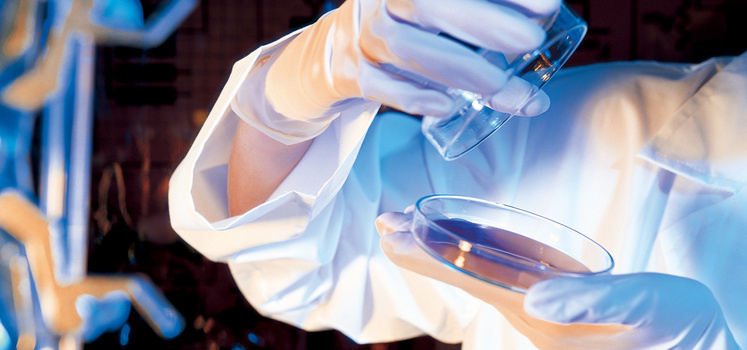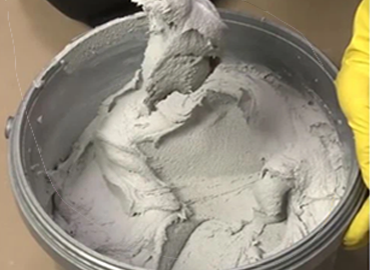Plastering gypsum putty and plaster often encounter issues that can impact the quality of construction. In this article, we explore common problems and effective solutions to address them.
I. Problems Arising from Insufficient Drying of Plastering Gypsum Putty before Applying Putty Layer
Plastering gypsum putty has a relatively short setting time, typically between 2-4 hours. While it may seem dry on the surface within this timeframe, it requires thorough drying for optimal strength. Applying putty before complete drying, especially in winter, can lead to the following issues:
- Putty Delamination
Excessive water content in the plastering gypsum putty during application (applying putty shortly after plastering gypsum putty) can result in inconsistent shrinkage between the putty layer and the plaster layer, leading to widespread delamination and detachment.
Solution: Ensure that the base layer is dry during construction and choose plastering gypsum putty with adequate strength.
- Uneven Color or Yellowing in Localized Areas of Putty
Uneven application thickness of plastering gypsum putty causes varying water content and inconsistent drying rates, resulting in uneven color. Chemical reactions between the components of plastering gypsum putty and putty can also occur.
Solution: Apply putty only after complete drying of plastering gypsum putty. In humid environments, extend the drying time.
- Uneven Strength in Putty Layer
Excessive pursuit of coverage rate in lightweight plastering gypsum putty leads to low surface strength, high water absorption, and rapid water loss in the putty layer, resulting in low surface and bonding strength.
Solution: Increase the strength of plastering gypsum putty, use qualified lightweight plastering gypsum putty products to enhance water retention and bonding strength in the putty layer.
II. Mismatch between Plastering Gypsum Putty Base Layer and Putty
Directly applying cement-based water-resistant putty on a plastering gypsum putty base layer can lead to issues such as cracking and hollowing in the putty layer. The consequences can be severe, requiring careful consideration during construction.
- Why Shouldn’t Cement-Based Water-Resistant Putty be Applied on the Surface of Plastering Gypsum Putty?
Gypsum is classified into anhydrous gypsum (CaSO4), semi-hydrated gypsum (2CaSO4H2O), and dihydrate gypsum (CaSO42H2O). Gypsum’s primary chemical component is calcium sulfate, a substance slightly soluble in water. When cement-based water-resistant putty is applied to the surface of plastering gypsum putty, the interface becomes moist, causing the gypsum components to dissolve slightly in water. This leads to a chemical reaction with cement, resulting in the formation of a substance called ettringite. Ettringite formation involves an expansion in volume, leading to bond failure at the interface.
- Why is it Okay to Apply Gypsum-Based Putty on the Surface of Cement-Based Plaster?
This is because the cement components inside cement-based plaster are insoluble in water. When gypsum-based putty is applied to the surface of cement-based plaster, the interface becomes moist, but as cement components do not dissolve in water, there is no chemical reaction, and therefore, no risk of expansion and cracking at the interface.
- What to Do if Cement-Based Water-Resistant Putty Must be Applied on the Surface of Plastering Gypsum Putty?
In such cases, it is advisable to apply an interface agent or a sealing primer on the surface of the plastering gypsum putty. After effectively sealing the base layer, cement-based water-resistant putty can be applied on top.
In conclusion, addressing the challenges when plaster meets gypsum putty involves careful consideration of drying times, material compatibility, and the use of appropriate sealing techniques. By implementing these solutions, construction professionals can achieve high-quality results in plastering projects.




